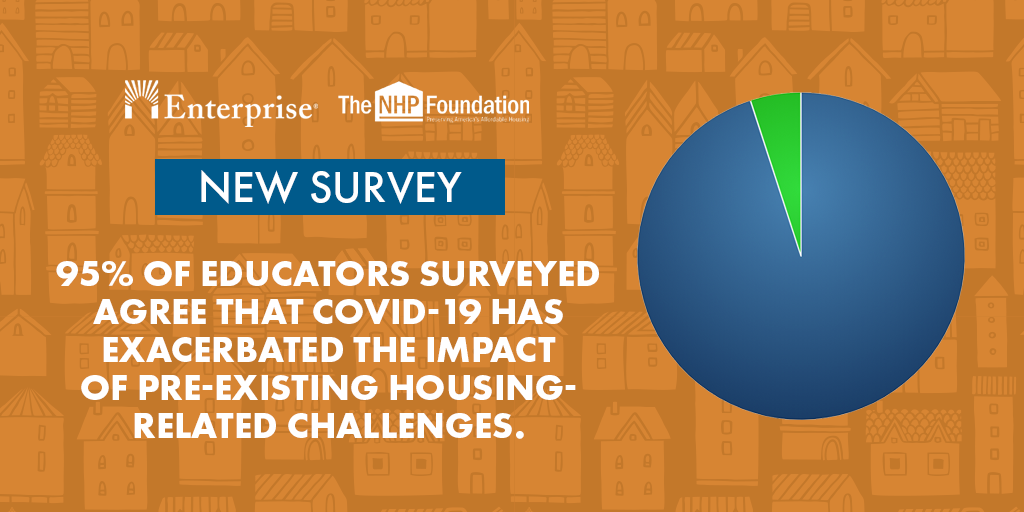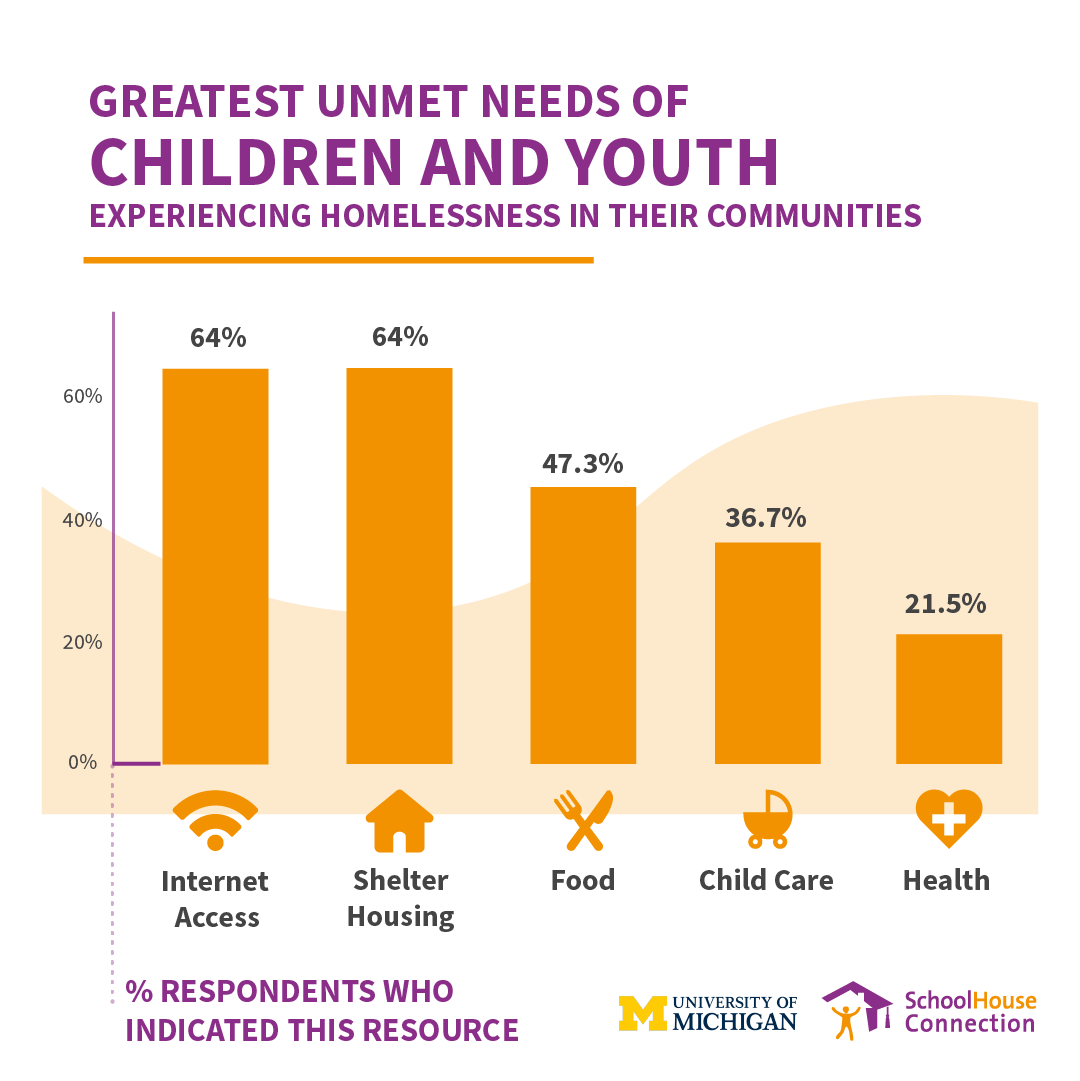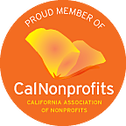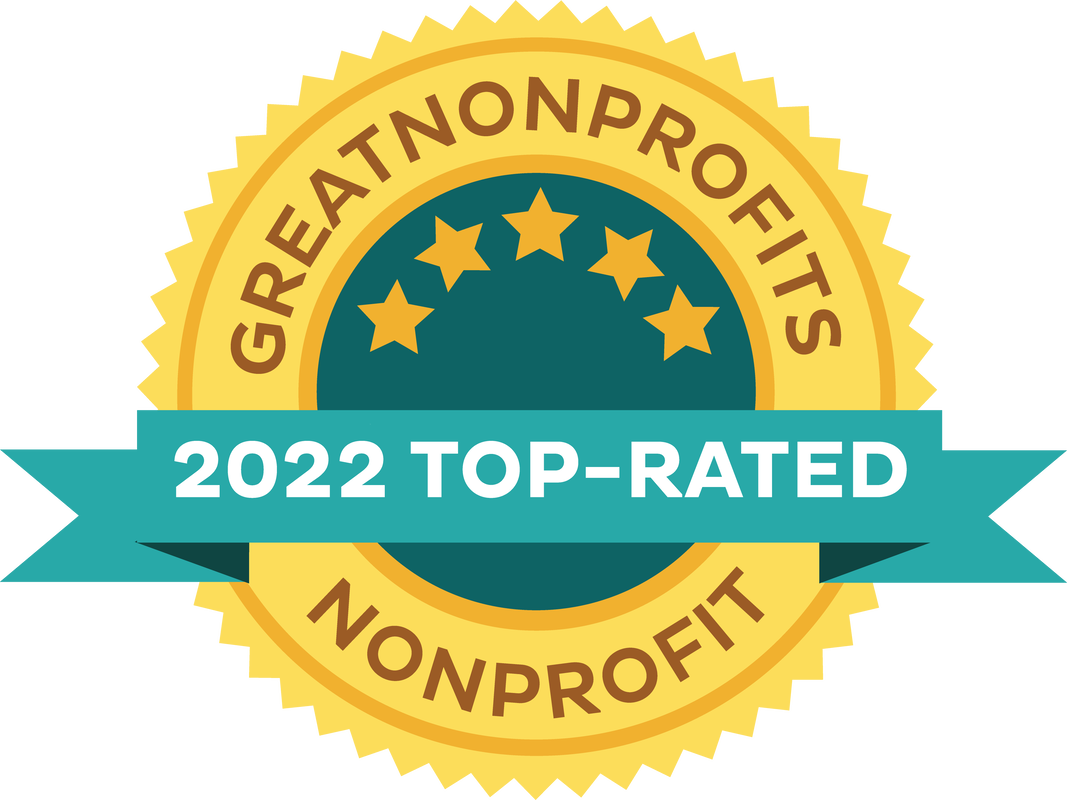|
Children Now just released The 2022 California Children's Report Card. The Report Card grades the state on its ability to support better outcomes for kids, from prenatal to age 26. Each grade is based on the state’s progress (or lack thereof) on passing and implementing state-level policies and making investments in the supports and services needed for all kids to reach their full potential. The Pro-Kid Agenda provides recommendations to the state’s leaders on how to improve outcomes for kids in each section. Access the Report Card here.
In June 2021, The Learning Policy Institute published "Students Experiencing Homelessness: The Conditions and Outcomes of Homelessness Among California Students." The report draws on data from the 2018-2019 school year and describes the population of students experiencing homelessness, discusses the various factors influencing their academic opportunities and outcomes, and shares recommendations for policy and practice. Access the full report here. "The number of k–12 students identified as experiencing homelessness in California public schools is large and growing...[T]he cumulative count of students identified as experiencing homelessness increased by more than 7% over 4 years, from 251,000 in 2015–16 to nearly 270,000 in 2018–19. This occurred even as the total number of students in the state decreased slightly over the same period." (p.11) Click here for a recent report from Politico, "What more can be done to help homeless students?" by Juan Perez Jr. The article provides an overview of the numbers and living situations of America's homeless students and offers suggestions for supporting their education. “Students that are experiencing homelessness are a group of students that we have to be focused on,” Education Secretary Miguel Cardona told your host last week. “Not only on their academic, social, and emotional [needs], but also on those other factors that contribute to school success — like making sure they have food, making sure they have their health care needs taken care of. So it's critically important that that is a prioritization for districts and for schools when receiving students.” 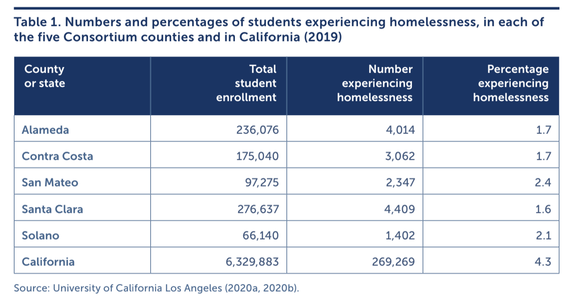 The needs of students experiencing homelessness during the pandemic are highlighted in a report released this week by the Alameda County Office of Education (ACOE) in partnership with WestEd. The report – or white paper – features promising strategies and supports that schools put in place to address these needs in five Bay Area counties: Alameda, Contra Costa, San Mateo, Santa Clara and Solano. Access the full report here. Children Now recently released the 2020-21 California County Scorecard of Children’s Well-Being, an interactive tool that delivers data on how kids are doing in each of California’s 58 counties, and tracks 39 key indicators of children’s well-being – over time, by race/ethnicity and relative to other counties – from prenatal to the transition to adulthood. Click here for more information. "According to this year’s Scorecard, the current outlook is not promising. Kids are counting on us to improve outcomes and build them a brighter future. This is more critical than ever before as California kids are really struggling – they are increasingly experiencing stress, social isolation, disconnectedness and serious mental health issues. And the learning loss and lack of preventive health care because of the pandemic threatens this entire generation." - Kelly Hardy, Senior Managing Director, Health & Research, Children Now New Research: K-12 Students Face Housing Challenges While Resources and Support Remain Elusive12/10/2020
Enterprise and The NHP Foundation have just released findings from joint research exploring educators’ perspectives on the intersection of housing and education. The results show that housing-related challenges among students are widespread. The findings, based on a nationally representative survey of 500 educators, also show that more than 1 in 3 educators do not know how to connect students experiencing housing challenges with necessary supports. Access the report here. “The Covid-19 pandemic has threatened the stability of both home and school for millions of families. Students of color and those from low-income households are disproportionately impacted. Without immediate action to implement long-term solutions, we are putting our children and their children at risk.” Based on a new report from SchoolHouse Connection and Poverty Solutions at the University of Michigan, 420,000 fewer children and youth experiencing homelessness have been identified and enrolled by schools so far this school year. Key findings from the report include:
The 2020 California Children’s Report Card: A Review of Kids’ Well-Being & Roadmap for the Future10/8/2020
The California Children’s Report Card grades the state on its ability to support better outcomes for kids, from prenatal to age 26. Each grade is based on the state’s progress (or lack thereof) on passing and implementing state-level policies and making investments in the supports and services needed for all kids to reach their full potential. The Pro-Kid Agenda provides recommendations to the state’s leaders on how to improve outcomes for kids in each section. Access the report here. "As you’ll see from the Report Card, today’s kids face too many barriers to accessing the quality supports and services they need to reach their full potential. California must take swift action to break down these barriers, first and foremost for children of color, and then by addressing the intersectional impacts of poverty, immigration status, gender, sexual orientation, and foster care system involvement." - Ted Lempert, President, Children Now Earlier this year, public schools and early childhood programs reported the highest number of children and youth experiencing homelessness ever recorded - 1.5 million. This number is skyrocketing because of the COVID-19 pandemic. There is one home that all youth and children have in common: school.
In the midst of the current crisis, the role of schools has never been more critical - no matter where classrooms are this fall. Schools are required to identify, enroll, and serve homeless children and youth, but distance learning and other COVID-related complications mean it is easier than ever for them to fall through the cracks. It’s vital that families and youth who are homeless know their educational rights, and how to exercise them. To help spread the word and give communities a starting place for engaging with this issue, SchoolHouse Connection - a national nonprofit working at the intersection of education and homelessness - announces two public service announcements (PSAs) aimed at reaching families, educators, and community organizations and leaders. Access the PSA and learn more here. The National Alliance to End Homelessness recently published its annual State of Homelessness report. To access the full report, State of Homelessness: 2020 Edition, click here. "Seventeen out of every 10,000 people in the United States were experiencing homelessness on a single night in January 2019 during HUD’s Annual Point-in-Time Count. These 567,715 people represent a cross-section of America. They are associated with every region of the country, family status, gender category, and racial/ethnic group." |

